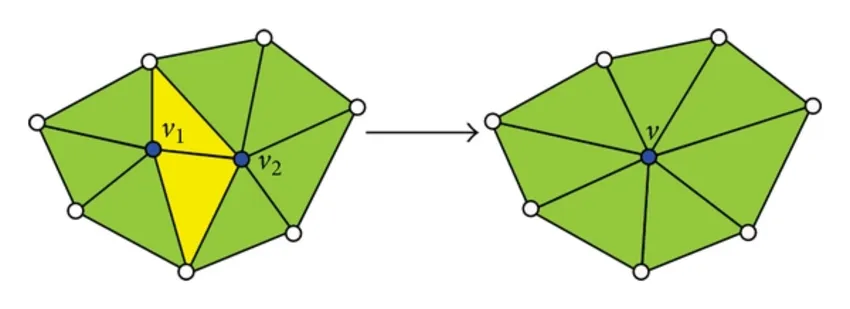The 3D model generated by the modeling tool or obtained by the scanner, as a component of the simulation scene, often has a large amount of data. If it is directly handed over to the graphics pipeline for processing, it often exceeds the capacity of the hardware and cannot achieve real-time display.
Automatic simplification technology provides a solution for dealing with complex and large data volume models. Under the premise of ensuring that the scene is displayed as undistorted as possible, the details are gradually simplified according to the importance of the model surface, thereby reducing the hardware burden. Its purpose is to generate a level of detail model of the objects in the scene to improve the rendering speed of the entire scene; reduce the size of the model file, suitable for network publishing and download.
At this stage, quite a few computer graphics applications require the use of complex, high-detail models to give people a more realistic visual experience. In this way, when making the model, it is required to achieve a very high resolution to meet this demand for details. However, in application, it is not always required that the model behave as a complete model from beginning to end, and the more complex the model, the greater the computational overhead. Sometimes it is sufficient to use a simplified version of a complex model. Therefore, automatically generating simplified versions of these models .
[1] introduces the iterative-based edge shrinkage and quadratic error measurement simplification algorithm. Its characteristic is that it can quickly produce a high-quality approximation of the polygon model, which is a solution that takes both efficiency and quality into consideration. Moreover, the polygon model is not only more complicated in geometric elements, but also may contain different surface attributes such as color, texture and surface normal vector data. The general form of this method, while simplifying the geometric elements of the model surface, also involves the color and texture attributes of the vertices.
The simplification algorithm is based on the iterative contraction of vertex pairs.
A pair contraction, which we will write

moves the vertices v1 and v2 to the new position v¯, connects all their incident edges to v1, and deletes the vertex v2.
If (v1, v2 ) is an edge, then 1 or more faces will be removed.
#machine-learning #computer-graphics #point-cloud #mesh #deep-learning
